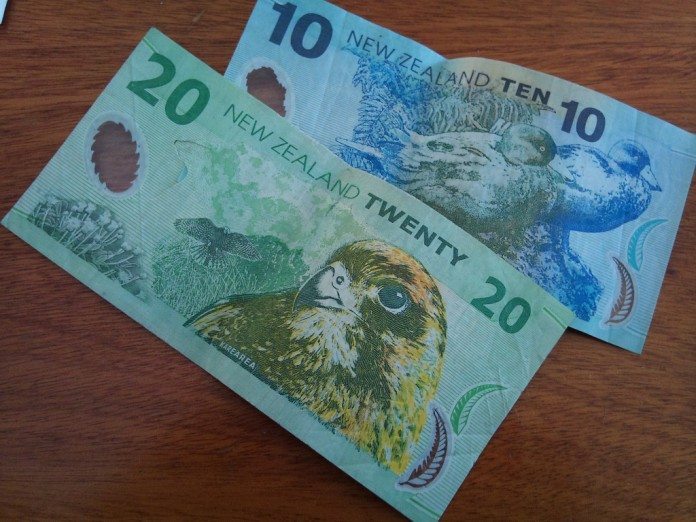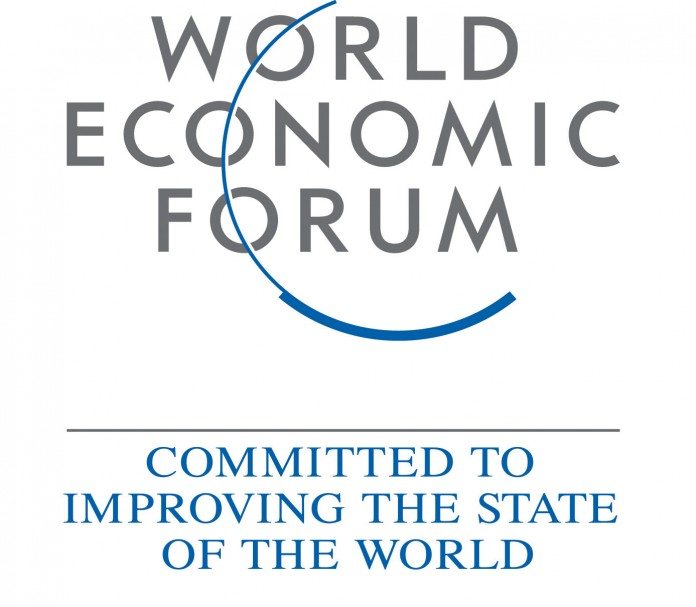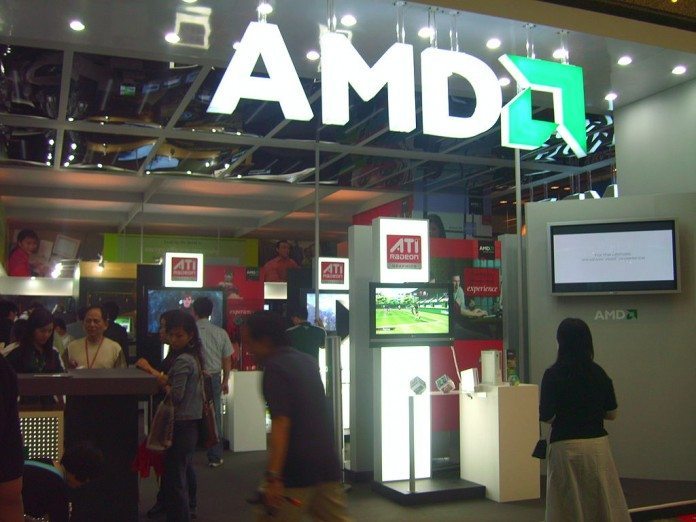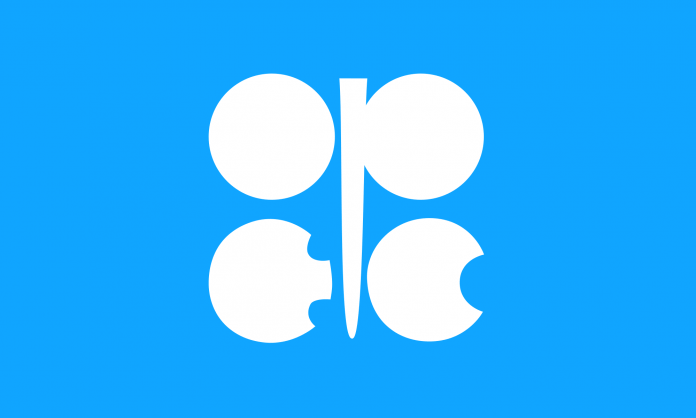The combination of a three-day weekend in the US and the implications of a Chinese sell off while US markets slept translated to some rough action towards the end of last week. This was especially true in biotech, as a host of collaborations and buyouts hit press at the conclusion of the J.P. Morgan 34th Annual Healthcare Conference. The US open on Tuesday brought us much of the same, and a number of companies moved sharply throughout the session. Here are two of the day’s movers and shakers.
Versartis, Inc.
First up, Versartis, Inc. (NASDAQ:VSAR). Versartis is a development stage biotech that focuses on harnessing the body’s endocrine system to tackle a number of different conditions. The endocrine system is the system that produces and distributes hormones throughout the body, so target indications are extensive – anything from physical development to kidney and digestive system conditions. Versartis is targeting the former, with a main focus of growth hormone deficiency in children. It’s lead candidate, VRS-317, is billed as an improved therapeutic outcome (ITO) product – essentially a drug that has the same efficacy as current standard of care, but improves on certain aspects of the treatment. Things like reduced administration schedule, reduced side effects and extended efficacy timeframes all count as ITO qualities.
Versartis closed out last week at a little over $11 a share. This morning it will open at close to $13 – a more than 18% gain across Tuesday’s session. So why the move? Well, the company published data from its phase Ia/IIb for VRS-317 in The Journal of Clinical Endocrinology & Metabolism. The trial is an attempt to demonstrate the both safety and efficacy, as well as determine optimal dosage, and the journal in question is very highly regarded in this particular field of medicine, so anything positive is a boost for the company. The data demonstrated a significant increase in both the height of patients and growth velocity, with no significant differences between the monthly, twice-monthly or weekly dosing regimens. This means physicians can administer therapy once monthly and maintain the efficacy of a weekly dosing regimen.
Expect further strength as we head into today’s session, as markets digest the data and look ahead to an ongoing phase III extension for the same indication.
Heron Therapeutics, Inc.
Heron Therapeutics, Inc. (NASDAQ:HRTX) closed last week just shy of $23 a share. Throughout Tuesday’s session the company lost 17% of its market capitalization to close out the session at $19. Why the decline? Heron’s lead candidate is Sustol, a sustained release injection therapy that targets the reduction of nausea and vomiting in patients undergoing chemotherapy. The FDA had slated January 17, 2016 as its PDUFA date for the drug. On Friday, however, the agency announced it was delaying its decision. We didn’t get a fixed date for the revised decision – all we know is it’s not going to be before late February. While this isn’t an outright rejection, the fact that the FDA gave neither a fixed timeframe nor a specific reason for the delay doesn’t bode well.
The company gained strength throughout December as the PDUFA date approached, but gave much of the gains back against the backdrop of the wider biotech space selloff at the turn of the new year. The delay compounded this bearish momentum, and puts Heron as one of the week’s weakest biotech stocks.
Looking things from a slightly more positive perspective, and for an investor looking for an albeit risky oversell opportunity, Heron could be an interesting pick. Sustol is in the same category of drugs as a drug currently marketed by GlaxoSmithKline plc (NYSE:GSK) called Zofran, and from a scientific perspective, there looks to be no reason it shouldn’t work. The FDA has likely delayed based on a technicality, rather than a safety/efficacy basis, and if Heron can smooth out the agency’s concerns this decline could quickly correct to the upside. Of course, this is a big assumption, and trying to pick the bottom of the current sell-off is a risky approach. We’re more inclined to wait until we get more information from the FDA before forming a medium term bias. Keep an eye on the end-February indication date for further insight.














